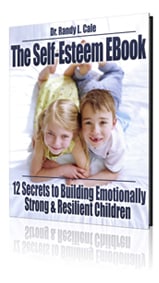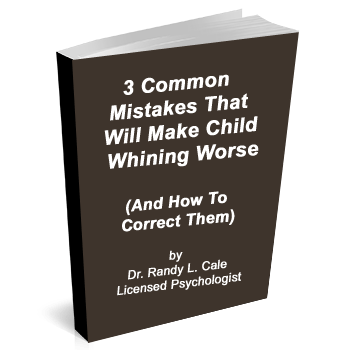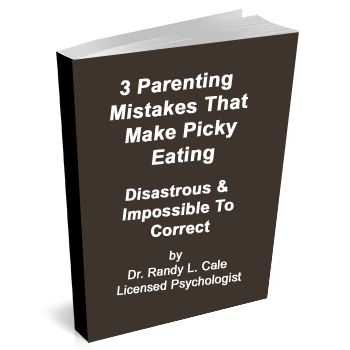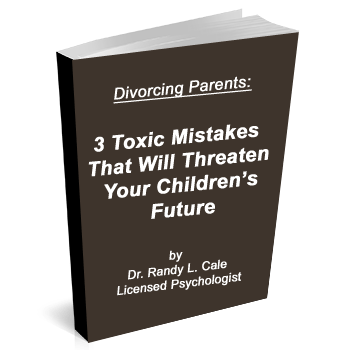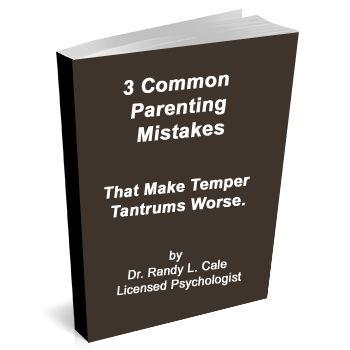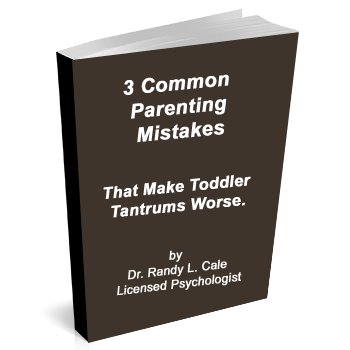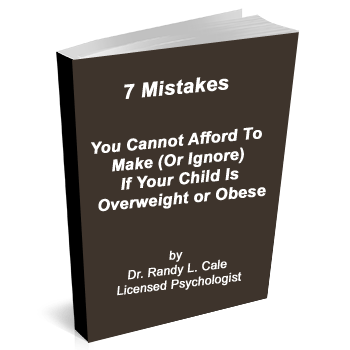Video Transcription:
If you can say No…They can say No!
As you look forward to your children’s future, what are the primary addictions that predictably could compromise your child’s future happiness and success? Is your child overweight? Eating unhealthy or not exercising? It’s not as if there is a mystery here. The research is starting to accumulate and we now know that there are a handful of highly addictive experiences that could quite literally squash your child’s future joy and destroy their chances for a fulfilling life.
What are they? Excessive TV watching, excess sweet and simple carbohydrates, excessive video games especially violent games, cigarette smoking, excess alcohol use. Some of you may note that I did not put drug use on the list. I do this for several reasons.
First of all, few of you model using drugs as a household activity. In essence, if you are reading this article, you are likely already saying no to drugs. More importantly, the list noted above represents a much more practical and real-life risk to your child’s future.
In many ways, it’s easy to avoid paying attention to the things that are right in your face. Because the consequences are often so delayed from the time that we make a choice. On the other hand, you might wonder why I have included some of these items such as excessive TV watching. As you continue listening, you’ll find out my rationale for this and why it’s important to pay attention to what the research is suggesting, and what you can easily do about this now.
In almost every threat that I discuss, you’ll notice that the consequences of today’s choice occur at some future point. In other words, the consequence is not always in fact rarely evident at the time that we make a choice. That’s why your self-discipline is so important here.
What you model for your kids is likely to be what get back. On the other hand, when you can say no to these toxic addictions, your children be more likely to be able to say “No” in the future.
Problem #1: Excessive TV watching contributes to childhood obesity,
lower academic performance, lack of initiative, less sympathy for others’ pain.
Solution: You have to set appropriate limits on how much your kids watch TV. No…let’s get rid of the word appropriate. Let’s change it to healthy. You have to get rid of hours upon hours of TV watching both for yourself and your child. If you are not able to say no to your TV watching, they won’t be able to say no to their TV watching. Furthermore, you will not be able to say no to their TV watching.
Problem #2: Excessive video games lead to childhood obesity, low academic performance, lack of initiative, less sympathy for others’ pain, increased proclivities toward violence, less respect for authority and teachers.
Solution: Whether your kids like it or not, you just say no to an hour after hour of video gaming. If they tell you that everybody else is playing video games six hours a day, remind them that that’s okay for somebody else house but not for your house. Particularly when it comes to violent video games, the data becomes more and more compelling. Violent video games lead to highly negative outcomes for boys. There’s an increase in aggression, violence, disrespect, and a host of negative outcomes that are associated with limiting your child’s success. Thus, it is essential to say no to these violent video games. Or you truly co-conspire to fill your child’s mind with toxicity that compromises their chances for happiness and success.
Problem #3: Sweets and simple carbohydrates lead to childhood obesity and adult obesity, potential extreme blood sugar fluctuations, exaggerated energy swings for your child, decrease in sustained energy levels, unhealthy habits that compromise future health and interferes with healthy eating habits. This is a remarkably important and serious subject. More and more foods are processed as simple carbohydrates which our bodies simply do not handle well. These foods create a glycogen rush in the blood system which causes the body to experience a spike in blood sugar. The body chemistry then tries to react and starts to quickly store this excessive glycogen in the
form of fat. However, as quickly as the blood sugar rises, it drops. This precipitously leads to a rapid decrease in energy levels and a craving for more simple carbohydrates or sweets. This pattern is associated with many health-related struggles for children and adults and it is essential to educate yourself thoroughly on this topic.
Solution: Learn about complex carbohydrates as these are good for your kids. Model healthy eating habits and get the sweets and junk foods out of your house. Do not offer foods that are primarily simple carbohydrates such as bagels, pasta, cereals, donuts, or muffins. Refuse to put snacks in your child’s lunch with simple carbohydrates.
Problem #4: Cigarette smoking does the following: Causes cancer, causes more cancer, causes even more cancer, shortens lives, smells bad, limits your peer group, limits athletic performance, takes an extraordinary amount of time, is expensive, and has no redeeming qualities.
Solution: From a statistical perspective, your child is 3 times more likely to smoke if you smoke. Most of you already know this. So your solutions must include being a model that teaches through your action…not words. So, stop smoking yourself if you do. Don’t expose your kids to secondhand smoke. If you find cigarettes in your home, destroy them. Refuse to allow your kids to go to homes where they smoke and make your position clear to your kids.
Problem #5: Excess alcohol use associated with: poor academic performance, impaired athletic performance, increased fatalities when driving, increased anti-social behavior, increased chances of interaction with police, future employment difficulties, relationship difficulties.
Solution: The bottom line is the same. This is about setting limits. It is not repeatedly saying no. It is about recognizing what foods or experiences tend to be addictive and be willing to keep those toxic moments out of your child’s life.
When you can say no to each of these addictions, it’s much more likely that your kids can say no.
As you start the new year, this is a wonderful place to start. Start by looking at your habits and say no to those unhealthy choices that threaten the quality of your life and the lives of your children.
I encourage you to recognize that your choices are either promoting an addiction or preventing an addiction. It’s your choice!





